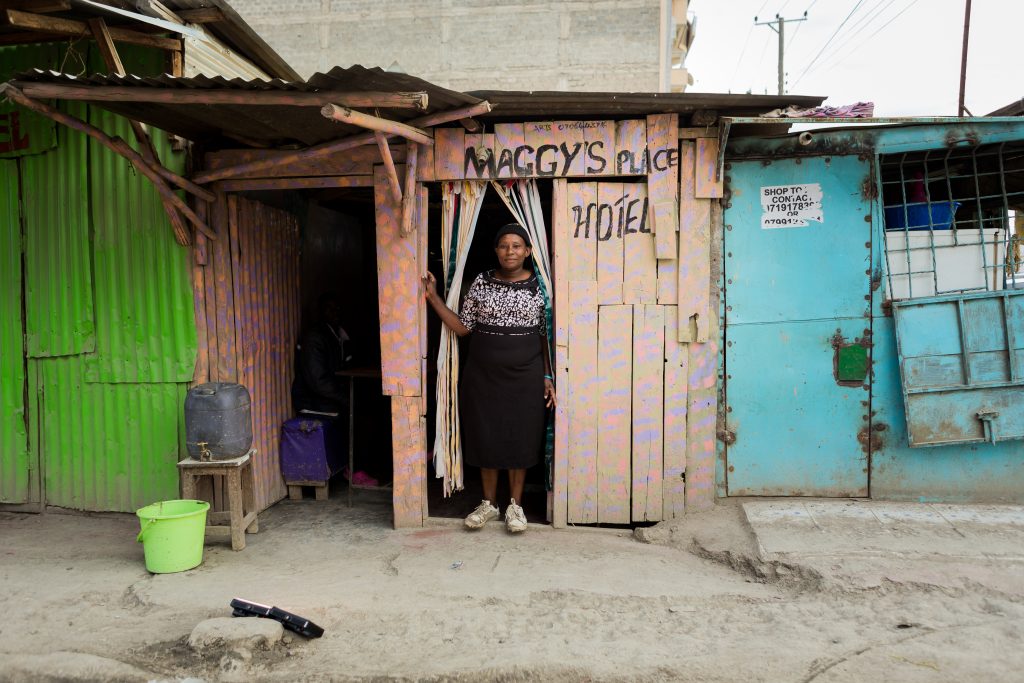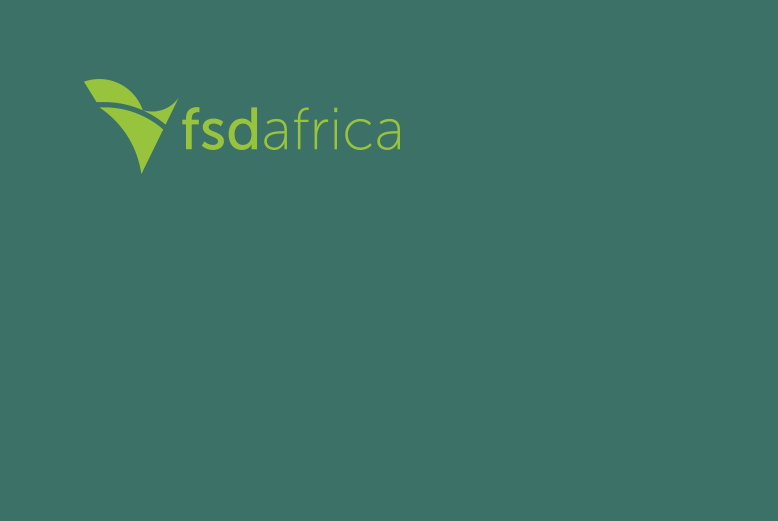Micro-mortgages are defined as “housing loans of long duration (generally ten years or more) that exhibit all characteristics of traditional mortgage loans (long repayment period, house as collateral for the loan, ability to foreclose and sell the house in case of default) and are small enough that they can be afforded by poor and very poor households”. The term is often wrongly used interchangeably with HMF, although from the definition above, it is clearly not HMF. But precisely what it is can also be unclear, as a brief look at products on the continent will show.
UGAFODE, a micro-finance bank in Uganda for example started off with HMF lending, but according to them, they then proceeded, to offer “micro-mortgages” because the HMF loans offered were not large enough to purchase land, or erect buildings for commercial and larger residential houses. Its micro-mortgage ranges from US 1,200 – 10,000 as opposed to its HMF loans which average US$ 105. The term of the micro-mortgage can be surprisingly short, as little as only 36 months, very similar to HMF. Real People across the border in Kenya also a micro-financier offers a micro-mortgage for up to 9 years for “home construction”, basically development of a home from ground up. Loan amounts range from US$ 1,845 – 46,125. Housing Finance Kenya, a more traditional mortgage bank similarly has a product of a relatively short period of time, 5 years, for purchase of a residential plot. Besides this relatively short period however, it is very much a mortgage, requiring monthly salary deductions, land as collateral, property life insurance and so on. The same company also has an interesting product whereby plot owners choose from 50 different plans offered by the bank, obtain finance, and then let the bank project manage construction of the house from scratch to delivery within 3-9 months. This innovation presumably bridges the problem of poor market supply, but does not detract from the fact that the ensuing loan is a mortgage with amounts varying from US$ 18,465 – 312,000. KCB in the same country has interestingly a “group micro-finance loan” targeting savings groups. It however uses monthly salary deductions and land title as collateral, and is also very mortgage-like. Equity Bank in Tanzania has a 10 year individual mortgage loan for house or plot purchase for salaried individuals. In Zambia,Cavmont Bank has a mortgage for individuals for 10 years.
From this, it is clear that traditional mortgages are being redesigned constantly to create greater affordability, and what is emerging is an interesting array of products with different adaptations and innovations. The product that results from this re-design is then sometimes, but not always called a micro-mortgage. Sometimes a loan for a shorter period is called a micro-mortgage, for example the UGAFODE micro-mortgage for 36 months. Yet, Housing Finance Kenya has a equally short 5 year loan, this time called a mortgage. Loan size and the target of the loan is sometimes used to distinguish them, but again, the distinction is not very clear. Some micro-mortgages make reference to targeting affordability by “poor and very poor households”. However, the loan, in this case for US$ 1,200 ,may not be for the poor, at least not on this continent. In fact, the difference and distinction between mortgages and micro mortgages is blurred when mortgages are so diverse and may not be that useful. The much more important and distinguishable product is HMF. Not only does is serve lower income people, with much smaller loans but also, and very importantly the lending methodology is very different as formal title as collateral is not essential as it is in both type of mortgages. Rather, other forms of collateral such as group peer pressure are used. There lies the important difference.



